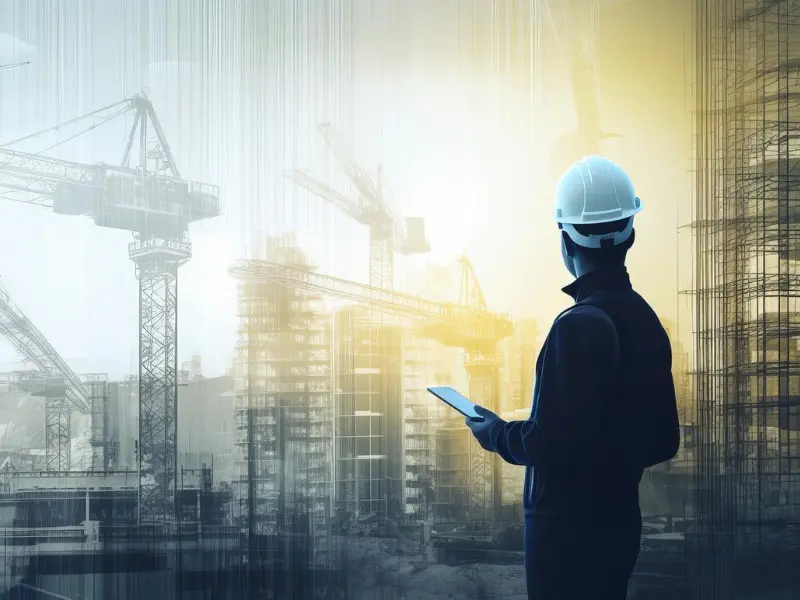Sustainability is a factor that is getting more and more important nowadays, as we are becoming more aware of the damages that can be caused by our activities.
The same goes for the construction industry, where companies are looking for more sustainable methods that would help preserve the environment. This also holds true for the extensively used D-wall construction method in several infrastructure projects. BlueWing DCPL is one of the best construction companies when it comes to building D-walls whilst doing their best to reduce environmental damage.
A slurry is injected into the trench to protect the excavation and keep it from collapsing while diaphragm walls are constructed, usually utilizing trench excavation and clamshell buckets or hydraulic grabs.
The trench that has been filled with slurry is then lined with reinforcing cages composed of steel bars or segments of reinforced concrete.
Environmental Considerations in D-Wall Construction
1. Resource Management
Sustainable D-wall construction begins with responsible resource management. This entails obtaining supplies from providers who practice environmental responsibility, utilizing locally or repurposed materials wherever practical, and reducing waste generated throughout the building process.
2. Energy Efficiency
Energy-efficient techniques are crucial for building sustainable D-walls. These techniques include the use of low-energy equipment and streamlining construction schedules to use less energy. By utilizing as little energy as possible, construction projects can reduce their carbon footprint and help environmental conservation efforts.
3. Waste Reduction
Reducing and recycling waste should be considered very important when it comes to construction as it generates tones of it. Using proper methods, the waste can be minimized and reused for a lot of other related practices.
4. Water Conservation
Water conservation is another critical aspect of sustainable D-wall construction. Utilizing water-efficient tools and procedures, collecting and reusing rainfall, and reducing water runoff from building sites, contributes to the preservation of valuable water resources.
Eco-Friendly Methods in D-Wall Construction
1. Green Building Certifications
LEED provides certifications for green buildings. Having a LEED certification shows that you are dedicated towards using environmentally friendly materials and preserving nature. Adhering strictly to environmental rules can aid D-wall building projects in gaining recognition for their eco-friendly endeavors.
2. Alternative Construction Methods
Investigating alternate construction strategies can minimize environmental disruption, cut down on construction time and resource consumption, and use novel techniques like soil stabilization or prefabricated D-wall panels.
3. Vegetation and Habitat Preservation
Prioritizing the preservation of flora and habitat when building reduces the amount of disturbance to nearby ecosystems. Promoting biodiversity and environmental sustainability can be achieved by putting into practice strategies like interim habitat restoration and post-construction native vegetation plantings.
Sustainable D-wall construction methods must take the environment into account. When resource management, energy efficiency, waste reduction, water conservation, and the use of sustainable construction practices are given top attention, D-wall construction projects can lessen their negative environmental effects and contribute to the creation of a better future.
By adopting sustainability in D-wall construction, BlueWing DCPL may help to create a more resilient and environmentally conscious world for future generations.
